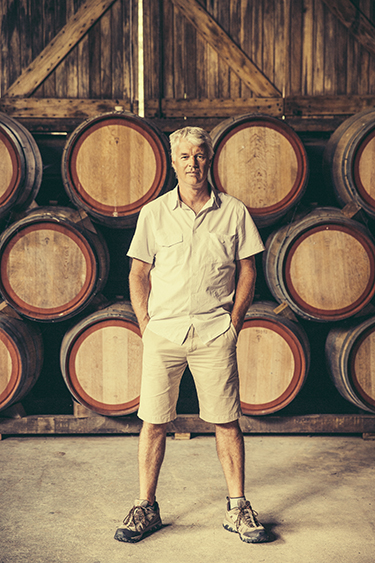New Zealand’s answer to Napa Valley’s rather glitzy charity auction takes place this month in Hawke’s Bay.
The region’s wineries are hoping to raise a record $2.5 million for the local hospice with winesfrom the 2013 harvest, which has been touted as “vintage of a lifetime” and you can find the wines here.
The auction is in its 23rd year and both the region and the country’s wine industry has come a long way since the charity sale first took place in the early 1990s.
Looking back at the national wine industry’s annual report 23 year ago makes for interesting reading. It’s almost unbelievable to see how far the country has come since I left primary school. 1992 was the “first time” that New Zealand producers were “forced to look outside this country for its future growth”. At the time, sales on home soil far outweighed exports. But the tables have since turned: “foreign sales” have increased by more than 2000 percent (!) from 8.4m litres to 187m litres today.
In 1992, Muller Thurgau was the grape of the day. It was the most popular variety with nearly 18,000 tonnes crushed – the next closest was Chardonnay with a little over 6000t and Sauvignon Blanc in third place. How times have changed – and so quickly. Muller has fallen into near obscurity while Sauvignon won the race in 2014 with more than 310,000 of the 445,000 tonnes crushed. In contrast, there were just 3 tonnes of Muller Thurgau crushed, according to the 2014 annual report.
Today, there are around 37,000 hectares of vineyards across New Zealand in comparison to 5790ha hectares at the time the Hawke’s Bay wine auction was conceived. But this was a marked increase on the mid-80s. The industry was just finding its feet after being hit by phylloxera and Tony Bish (pictured above), co-founder and winemaker at Sacred Hill, notes: “We were starting to see the right varieties in the right places and wine quality was on a fairly steep upward trajectory.”
Hawke’s Bay has also dramatically altered since the early 1990s. In 1992, the region crushed 14,244 tonnes of fruit; in 2014, that figure stood at 44,502 tonnes. “The Gimblett Gravels was not developed,” says Bish but it’s now considered as the leading sub-region in the Bay. “ There was Stonecroft and CJ Pask but there was no recognition of a fairly significant area and the Bridge Pa triangle [another high quality sub-region adacent to the Gimblett Gravels] was not widely planted either.”
The Bay is now renowned for its Bordeaux blends and Syrah, as well as a few impressive Chardonnays and some tasty Viognier. Bish adds: “It’s a great chance for people to group together to get amazing really great value, if they’re buying some of the quarter barrique lots. The reds will outlive me.”
And it’s clear that a lot can happen in less than a lifetime, if the New Zealand wine industry is anything to go by.

